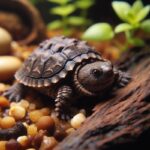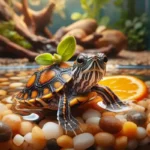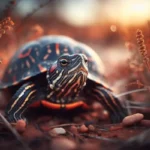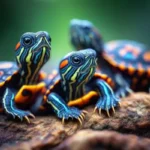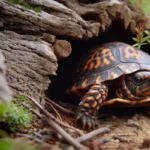Welcome to the captivating world of Russian tortoises, where these charming reptiles steal hearts with their endearing personalities and intriguing behaviors.
As ideal pets for those seeking a long-term companion, These tortoise offer a rewarding experience that goes beyond the ordinary.
In this post, we’ll cover everything you need to know about caring for these species, including their diet, size, habitat, and more.
Whether you’re considering adopting these reptile or already have one as a pet, this guide will provide valuable information to help you ensure your tortoise leads a happy and healthy life.
Basics of these Reptiles
Overview of the Species
The Russian tortoise (Testudo horsfieldii) is a small, hardy species native to Central Asia.
They are well-suited for captivity due to their manageable size, docile nature, and relatively low-maintenance care requirements.
With a lifespan of up to 50 years, Owning these unique pets is a long-term commitment, but the rewards are well worth it.
How Big Do They Get?
This species typically reach a size of 8-10 inches in length, with females being slightly larger than males.
Their compact size makes them an attractive choice for those with limited space for a pet enclosure.
Full-Grown Size
A fully grown Russian tortoise will typically measure between 8-10 inches in length, depending on its sex and overall health.
As they reach adulthood, their growth rate slows significantly, so it’s essential to monitor their size and weight to ensure they remain healthy.
Baby Tortoise Care
Caring for a baby Russian tortoise requires attention to their unique needs.
They are more susceptible to dehydration and temperature fluctuations, so it’s essential to provide adequate hydration and a consistent environment.
Offer finely chopped leafy greens and vegetables to accommodate their smaller size.
Baby tortoises also require higher humidity levels, around 50-60%, to support shell growth.
Make sure to provide plenty of hiding spots and keep the enclosure clean to minimize the risk of bacterial infections.
Regular monitoring of their growth and health is crucial during this early stage of life.
Caring for Your Pet Tortoise
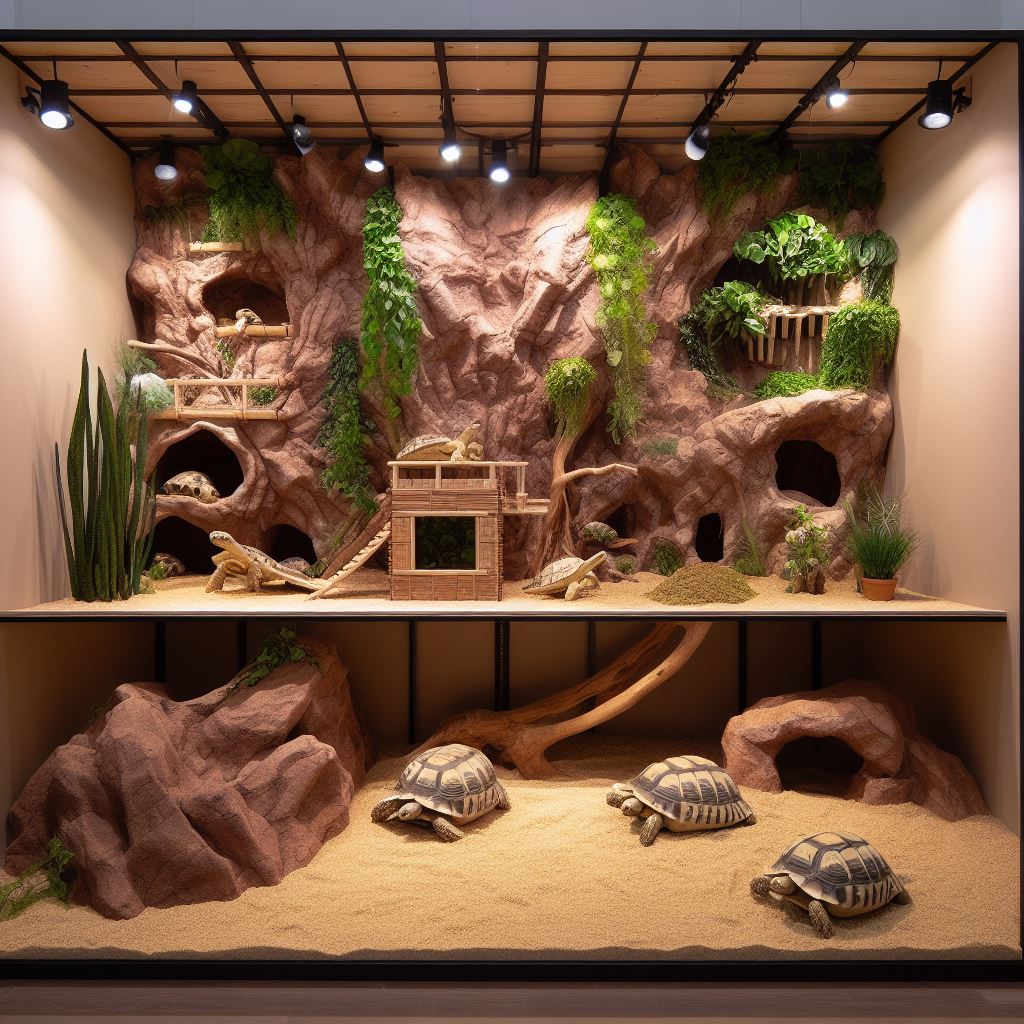
Proper Habitat Setup
Russian Tortoise Enclosure
A suitable enclosure for a these tortoise should be a minimum of 4 feet by 2 feet for a single adult, with a secure lid to prevent escapes.
A combination of indoor and outdoor enclosures is ideal, allowing your tortoise to benefit from natural sunlight and exercise.
Russian Tortoise Habitat
In their natural habitat, these tortoises inhabit arid grasslands and rocky terrain.
To replicate this environment, provide a mixture of substrate materials, such as coconut coir, cypress mulch, and sand.
Add rocks, hides, and climbing opportunities to encourage exploration and exercise.
Russian Tortoise Substrate
A proper substrate should be a mixture of materials that allows for burrowing and maintains a low humidity level.
A blend of coconut coir, cypress mulch, and sand is ideal, providing both drainage and a comfortable surface for your tortoise to move on.
Temperature and Lighting
Temperature Requirements
Maintain a temperature gradient in the enclosure, with a basking area at 90-95°F and a cooler area at 70-75°F.
Nighttime temperatures should not drop below 60°F.
Use a high-quality thermometer to monitor temperatures regularly.

Importance of UVB Lighting
UVB lighting is essential for the proper synthesis of vitamin D3, which aids in calcium absorption and overall health.
Provide a UVB light source for 10-12 hours a day, ensuring it covers the entire habitat.
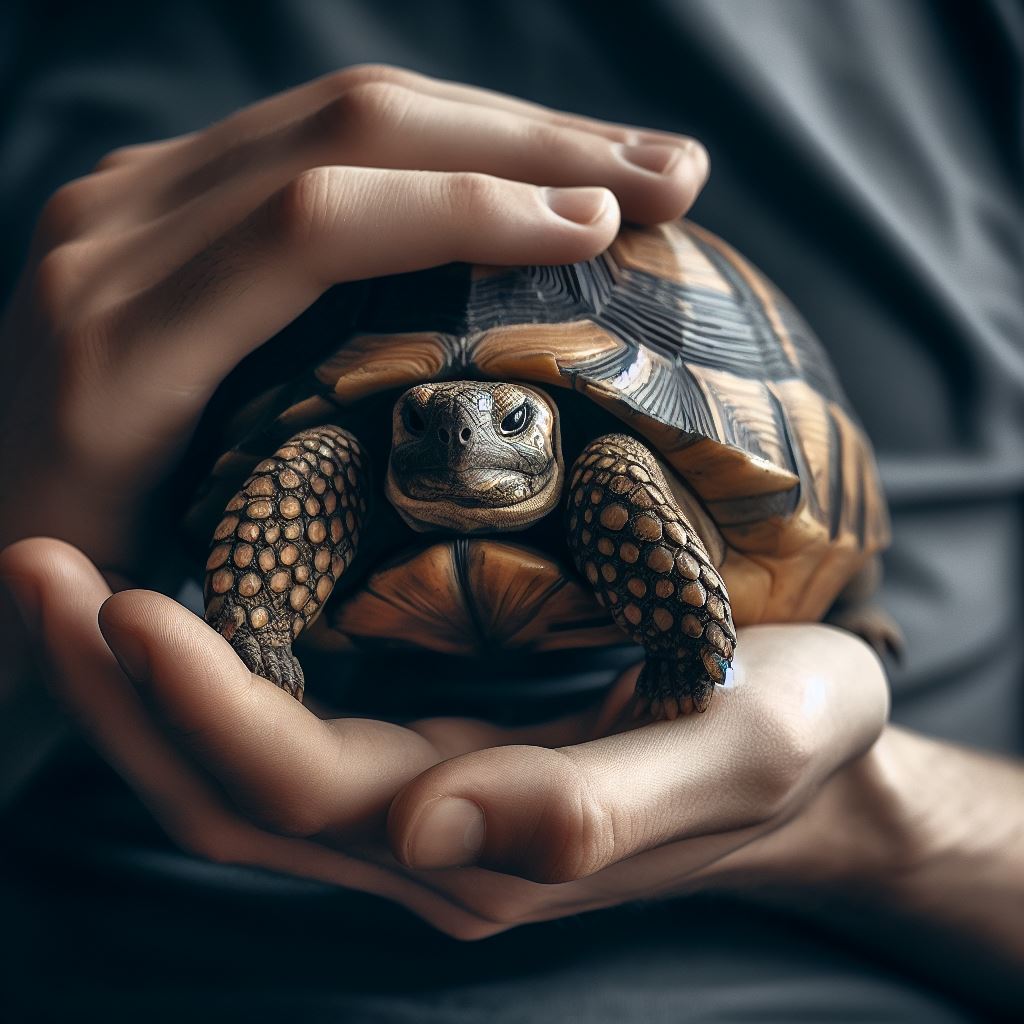
Handling and Socialization
These reptiles are generally docile and tolerate handling well.
However, it’s essential to handle them gently and support their entire body to avoid injury.
Regular handling and interaction can help your tortoise become more comfortable with human contact.
Health and Wellness
Signs of a Healthy Russian Tortoise
A healthy Russian tortoise will have clear eyes, smooth shell growth, a strong appetite, and regular bowel movements.
Monitor your tortoise’s behavior and appearance for any changes that may indicate a health issue.
Common Health Issues and Prevention
These tortoises can be susceptible to respiratory infections, shell rot, and parasites.
Regular veterinary check-ups, proper nutrition, and a clean habitat can help prevent these issues.
Nutrition and Feeding
Overview of Dietary Needs
Russian tortoises are herbivores, primarily consuming leafy greens and grasses.
Their diet should be high in fiber and calcium, with a low protein and fat content.

Food Choices
Offer a variety of leafy greens, such as dandelion, collard greens, and kale, as the staple of your tortoise’s diet.
Supplement with vegetables like bell peppers, squash, and carrots.
Avoid feeding fruits, as they can lead to diarrhea and an imbalance in gut flora.
Feeding Guidelines and Schedules
Feed your Russian tortoise daily, offering enough food to cover the surface of their shell.
Remove any uneaten food after a few hours to prevent spoilage and bacterial growth.
Supplements and Treats
Dust your tortoise’s food with a calcium supplement 2-3 times a week to ensure proper shell growth and bone health.
Offer treats, such as edible flowers and herbs, sparingly to add variety to their diet.
Enrichment and Exercise
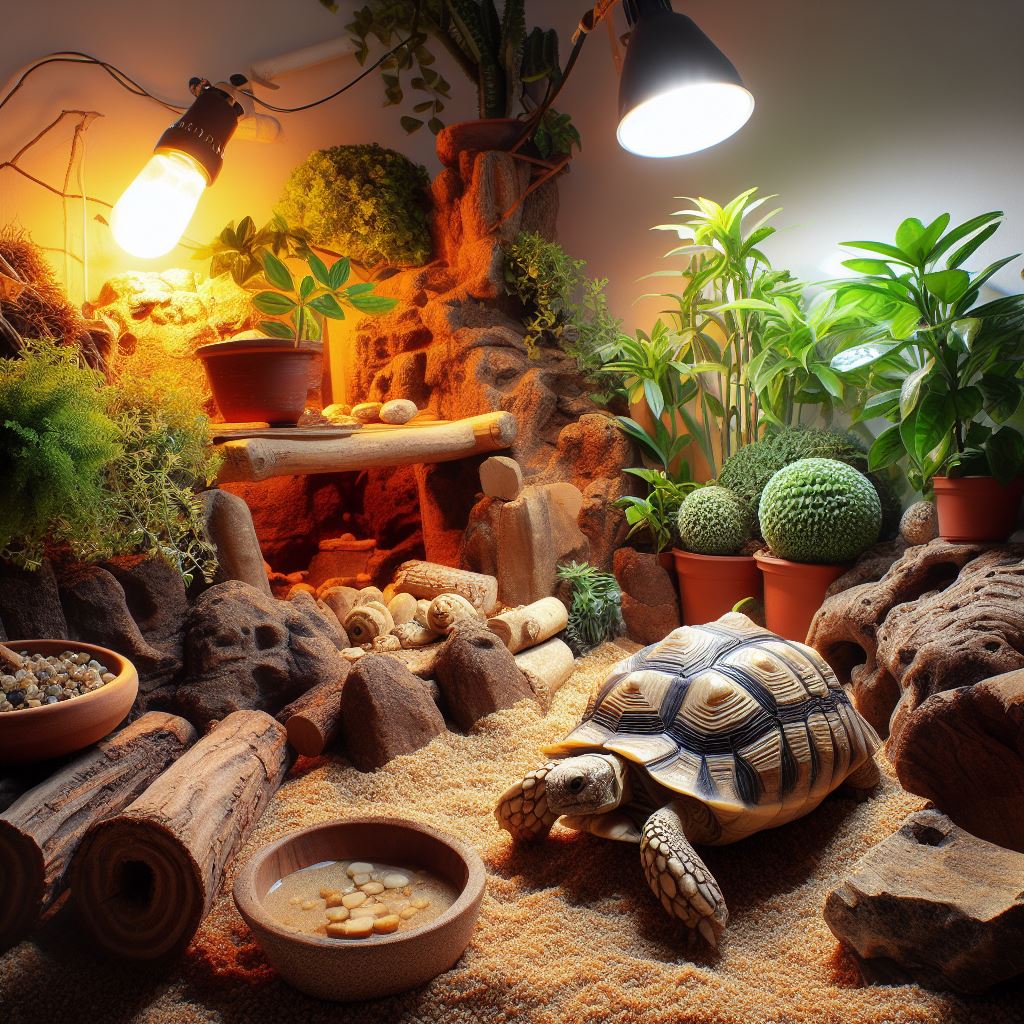
Importance of Enrichment Activities
Providing enrichment activities for your Russian tortoise is essential to promote mental and physical well-being.
Engaging in these activities can help prevent boredom and encourage natural behaviors, resulting in a happier and healthier pet.
Creative Enclosure Ideas
Introduce various elements in the enclosure, such as rocks, tunnels, and logs, to encourage climbing and exploration.
You can also add a digging area with a deeper substrate for your tortoise to burrow in.
Rotate these elements periodically to keep the environment stimulating and fresh.
Encouraging Exercise
Ensure your tortoise gets enough exercise by providing ample space in their enclosure and opportunities for outdoor exploration, weather permitting.
You can also create obstacle courses or mazes using items like bricks or PVC pipes to challenge your tortoise and keep them active.
Interactive Feeding
Incorporate interactive feeding methods to encourage foraging behaviors.
Scatter their food throughout the enclosure or use feeding toys to stimulate their natural instincts and keep them engaged during mealtime.
Where to Find a Russian Tortoise for Sale
Responsible Sources for Purchasing
Always purchase one of these tortoises from a reputable breeder or rescue organization.
Avoid purchasing from pet stores, as they may have questionable sourcing and inadequate care practices.
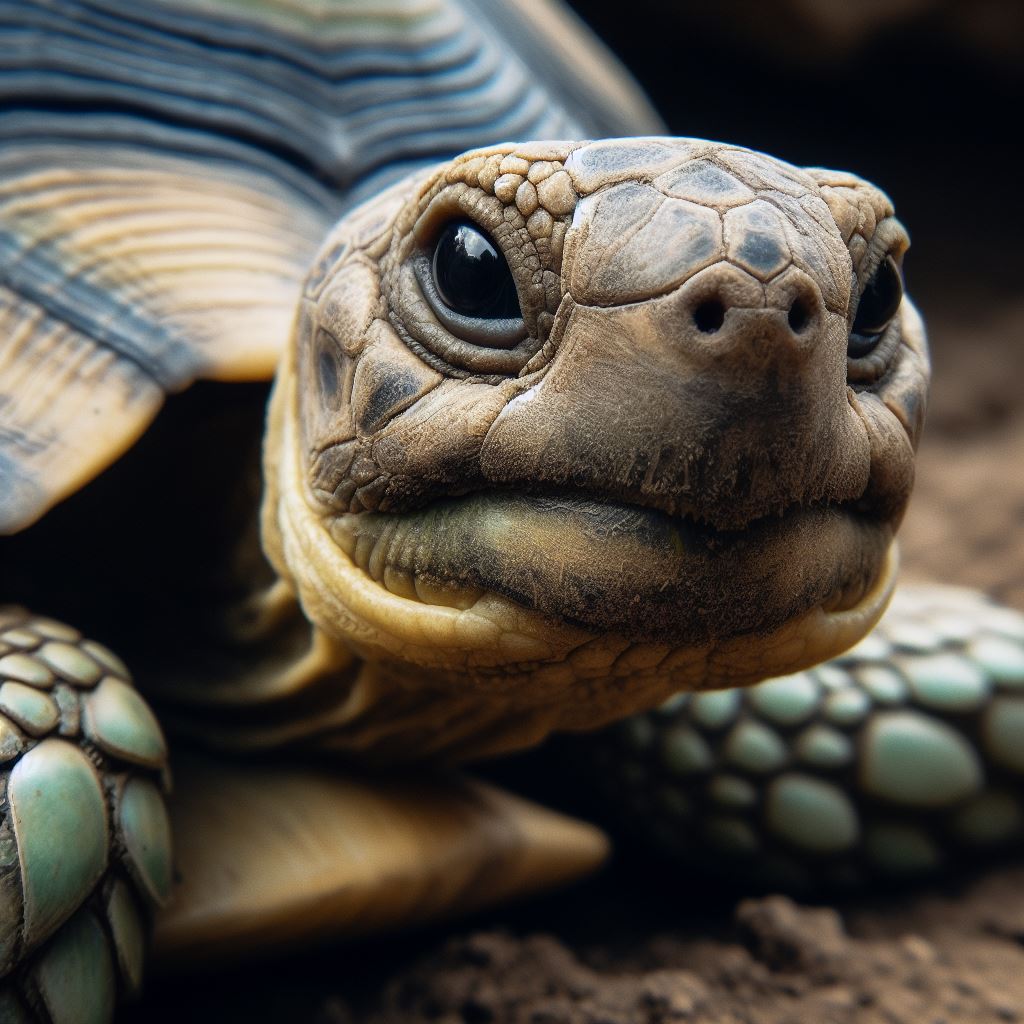
What to Look For When Choosing
Select a tortoise with clear eyes, a smooth shell, and an alert demeanor.
Ask the seller about the tortoise’s origin, age, and health history.
Adoption and Rescue Options
Consider adopting a Russian tortoise from a rescue organization or an individual who can no longer care for their pet.
Adoption is a responsible choice that can provide a loving home for a tortoise in need.
Conclusion
Recap of Essential Care Tips
Caring for a Russian tortoise requires attention to their nutrition, habitat, temperature, and overall health.
By providing a proper environment and consistent care, your tortoise can thrive and become a beloved member of your family.
The Joys and Responsibilities of Ownership
Owning this tortoise breed is a rewarding experience, offering years of companionship and enjoyment.
With their unique personalities and fascinating behaviors, these small tortoises are sure to capture your heart and enrich your life.
These resilient reptiles make for an engaging and captivating addition to your home.

